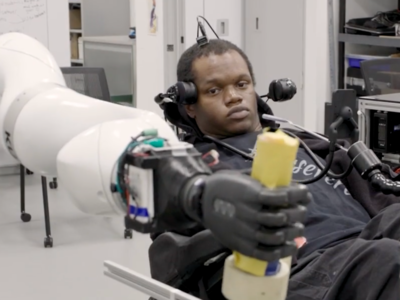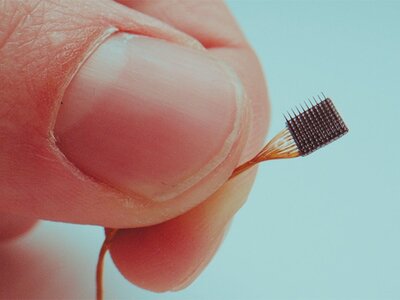
BCI / Brain-Computer Interface Race

PittCrew
United States
About the Team
We are an international group of enthusiastic researchers working on intracortical brain-computer interfaces (BCI) at the Rehab Neural Engineering Labs (RNEL) of the University of Pittsburgh (Pennsylvania, USA). Benefiting from the joint expertise of computational, experimental, and clinical faculty members, RNEL has a unique experience in the field of invasive long-term BCIs with human participants. Together with our magnificent participants, we aim to restore movement and a sense of touch in people with tetraplegia due to high-level spinal cord injury. To do so, we create bidirectional interfaces that both record from and stimulate the brain using implanted micro-electrodes in the somatosensory and motor cortices.

About the Pilot
Our pilot, Phill, is a multi-talented young man from Pittsburgh that perseveres throughout any challenge that he sets his mind to. Despite the high-level spinal cord injury, he sustained in 2012 on Father's Day, leaving him paralysed from the neck down, his creative engineering solutions enable him to move and interact independently in life. In our research, he can control a computer or a robotic arm with his brain. Outside of our research study, he is a loving dad and professional musician, performing under EaziDuzit412. He has his own brand #Persevere and works with artists all over the world.
Nathan, our back-up pilot, is an expert in BCI. A car accident in 2004 left him paralyzed from the chest down. Nevertheless, he is determined to make a difference in this world and improve technology to help others in the future. His online pseudonym "BCI can do better" says it all. With nine years of using a bi-directional intracortical brain implant, he holds the record for the longest time such device has ever been implanted. In his free time, he makes BCI art: drawings made via a brain-controlled cursor in Paint. His art is now displayed at a BCI art exhibit at the American Association for the Advancement of Science museum in Washington (D.C.).

About the Device
Our pilot has 4 intracortical microelectrodes (Blackrock Microsystems, Inc.) implanted in his brain: 2 x 32 electrode arrays in his somatosensory cortex (not used for this competition) and 2 x 96 electrode arrays in his motor cortex. The implant locations in the motor cortex are active upon attempted movement of his right hand. We use these brain signals to decode the direction and type of attempted right-hand movement to control a brain-computer interface.